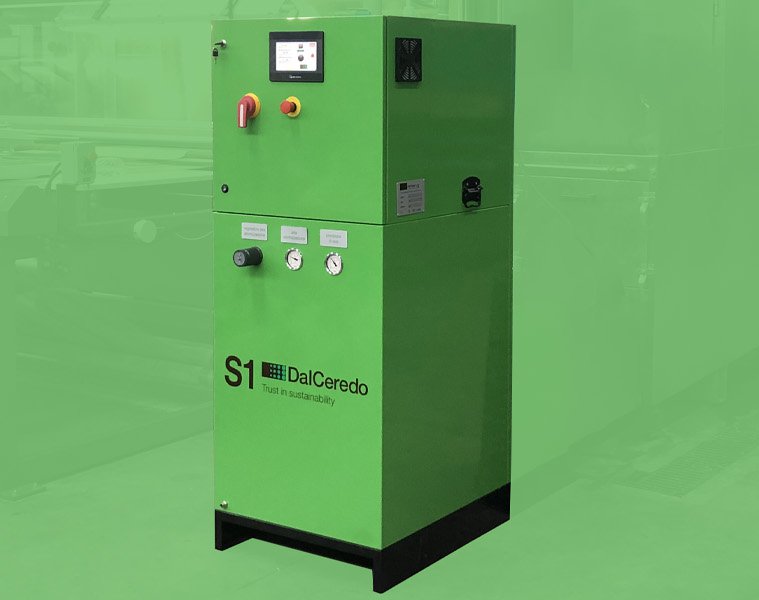In this article we will talk about sustainability in the tannery. More specifically we will talk about how to reduce emissions of pollutants in the finishing plant spray booths.
The tannery transforms a food by-product, namely animal hides, into a material that can be used in a range of sectors such as the automotive industry, home furnishings, footwear and leather goods.
Tanneries have become a focus of strong criticism for the environmental impact of their processes; but the industries that produce leather have the potential to be eco-friendly.
Italy is the example of how the tannery can be sustainable. Indeed, the Italian leather-producing district can now boast the significant accomplishment of centralized purification systems, plants for the recovery of processing by-products and installations capable of reusing the waste sludge created by the purification systems, as well as systems for the extraction and reuse of trivalent chromium from tanning baths.
Another important aspect is the abatement of atmospheric pollution, which reduces emissions into the atmosphere from the sprays equipment used in finishing plants.
Why dispose of sludge and purchase costly dry filters when the problem can be eliminated at the root?
Dal Ceredo has patented S1, a new system that decreases the production of fumes and overspray inside spray painting booths thanks to a substantial reduction of the atomization pressure.
Main advantages of atomization air heating system:
- Substantial reduction in paint consumption
- Reduced fumes inside the booth and less rebound
- Reduction of pollutants released into the atmosphere
- Less sludge production and consequent reduction in disposal costs
- Improved working conditions for the operators
- Reduction of maintenance times
- Increased productivity
- Working conditions remain stable and constant even when external climatic conditions change. (Winter and summer)
- Reduction of energy / gas consumption in the drying tunnel
- Significant reduction of compressed air consumption in the nebulization circuit



